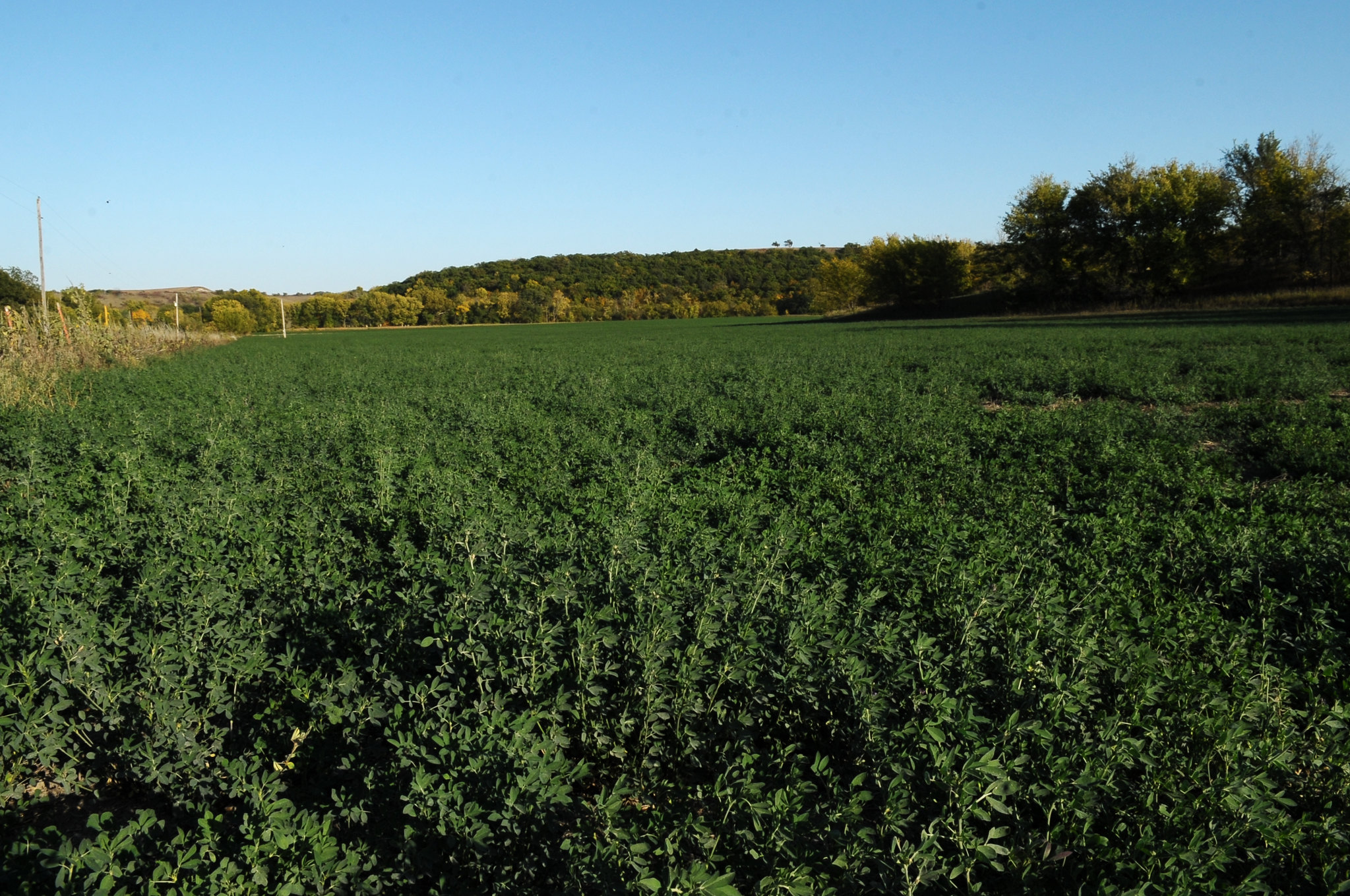Not all alfalfas are created equal, and choosing the right variety for your farm can mean the difference in thousands of dollars of profit each year. With so much at stake, selecting the best type is a paramount management decision.
Choosing alfalfa seed is much more involved than going to the local feed store and buying the cheapest option or the one most commonly sold. Chances are, they aren’t the best varieties or the most profitable choice.
When selecting an alfalfa type, achieving high overall performance on your farm is the underlying goal. For the long-term success of a stand, you must identify and understand the priorities of your alfalfa field and the alfalfa characteristics that will lead to your success on the farm.
What is the Intended Use?
Before you start sifting through the almost 200 alfalfa varieties, looking for the best one, think about how you’ll use the crop. Doing so helps you focus on the characteristics important to you and narrow down the choices.
- If you are looking for hay-type varieties, concentrate on stand persistence, yield potential, and upright growth.
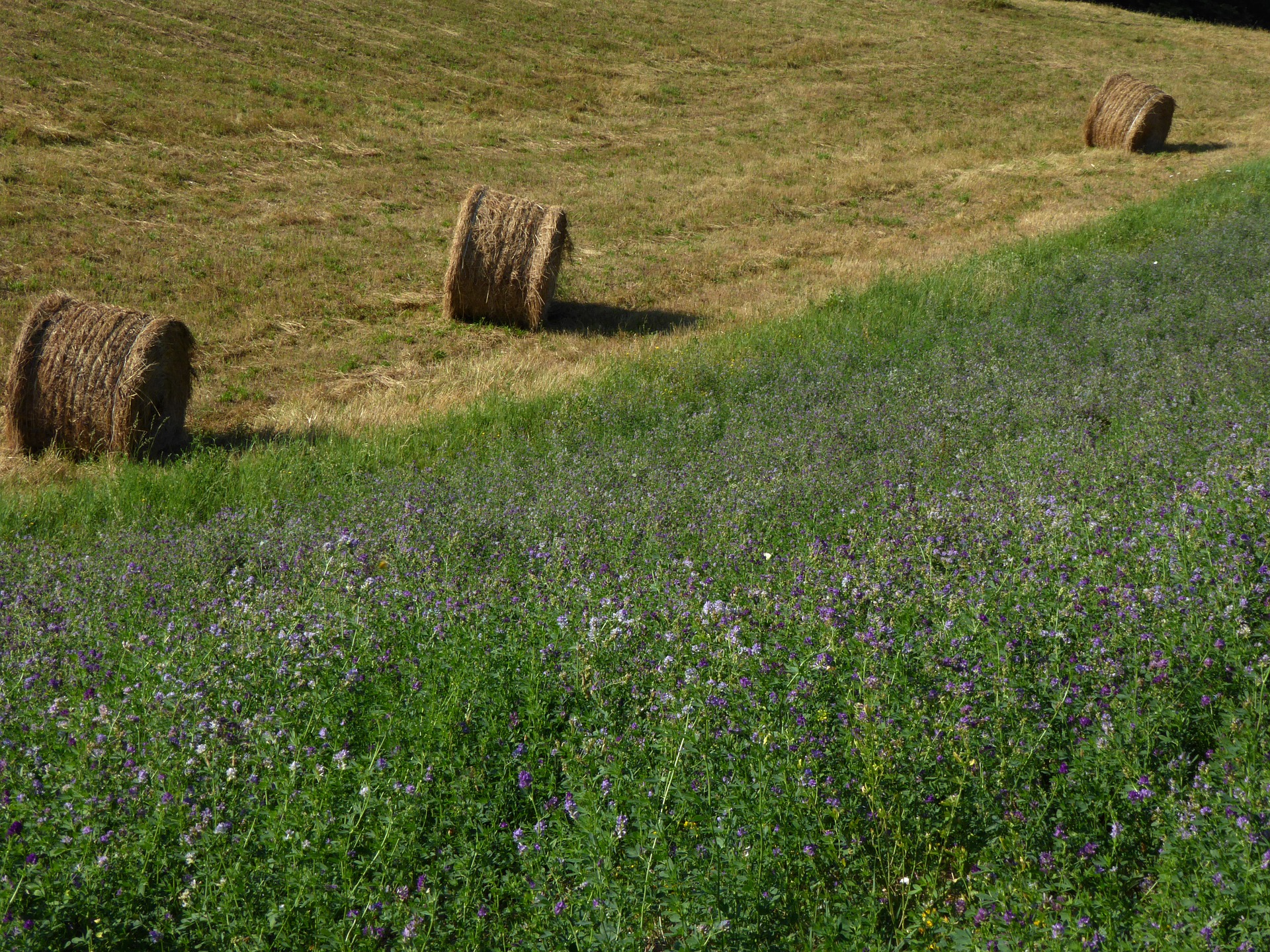
- If you are looking for pasture-type alfalfas, you’ll want to focus on grazing tolerant varieties. These types—including 390 HyQual—regrow quickly to withstand grazing pressure.
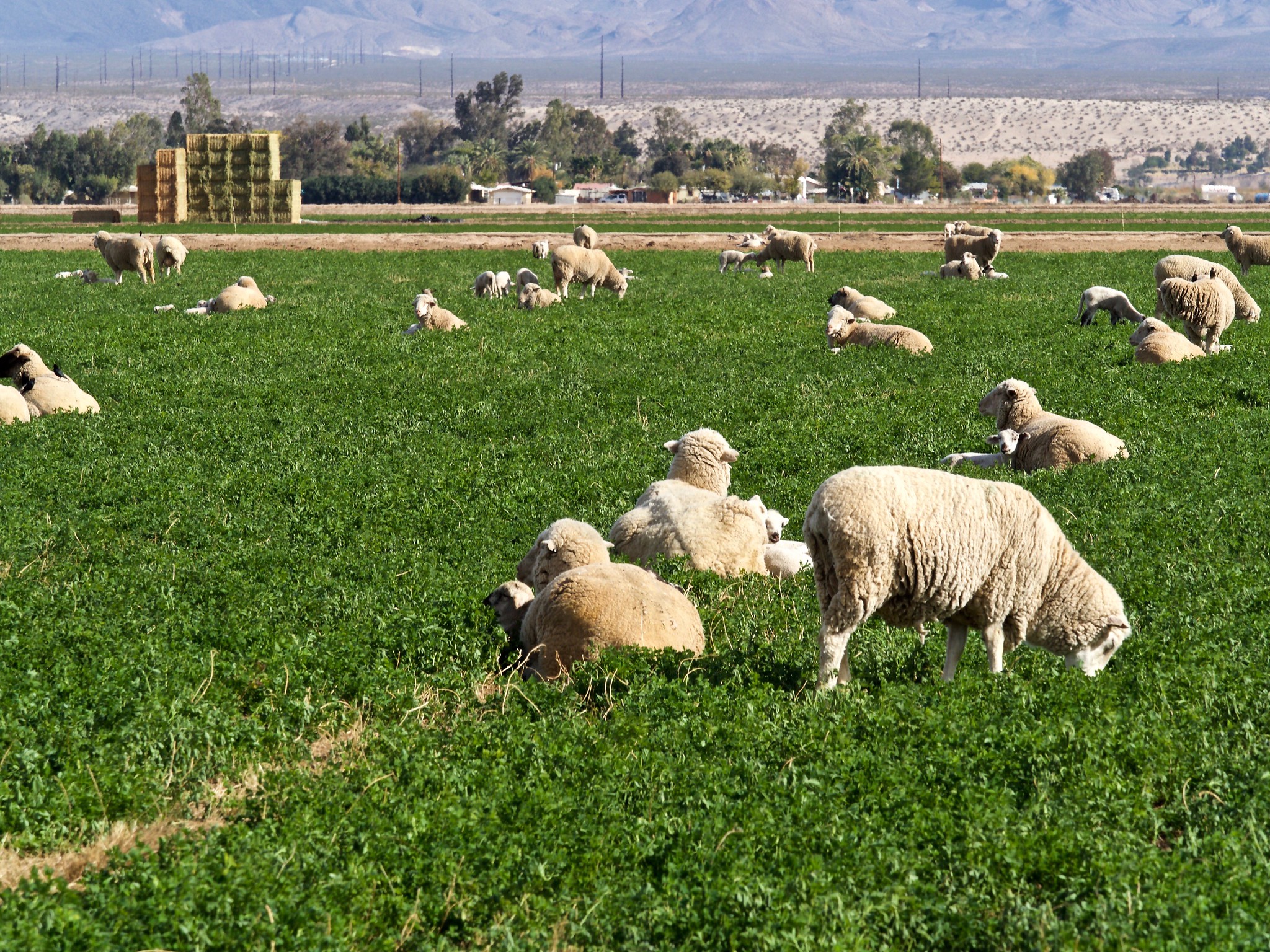
- If you are looking to increase soil nitrogen for future crops in rotation, opt for a variety with high yields in the first couple of years, like Winter King II.
Is the Variety Suitable for Your Climate?
You need a variety with appropriate dormancy to withstand your winter lows for optimal production. If it isn’t suitable for your climate, you’re going to experience lackluster performance and quite possibly, winterkill.
To find a variety for your climate, you need to look at two critical factors.
- Fall dormancy (FD) determines when a variety goes dormant in the fall/winter.
- Winter hardiness (WH) measures how well an alfalfa plant survives winter.
Understanding the Fall Dormancy (FD) Rating
Fall dormancy is measured by how much a crop grows after a September 1st cutting, with scores ranging from 1 to 10. The lower the number, the more dormant the variety.
- Fall-dormant types (FD 3-5) are best suited to the Northern US or areas where the soil freezes during the winter.
- Semi-dormant types (FD 6-7) are suited for areas with little soil freezing, but wet winter soil conditions make harvest difficult, so there is no desire for continuous winter growth.
- Non-dormant types (FD 8-10) are best for areas with warm daytime temperatures that sustain winter growth and harvest all year.
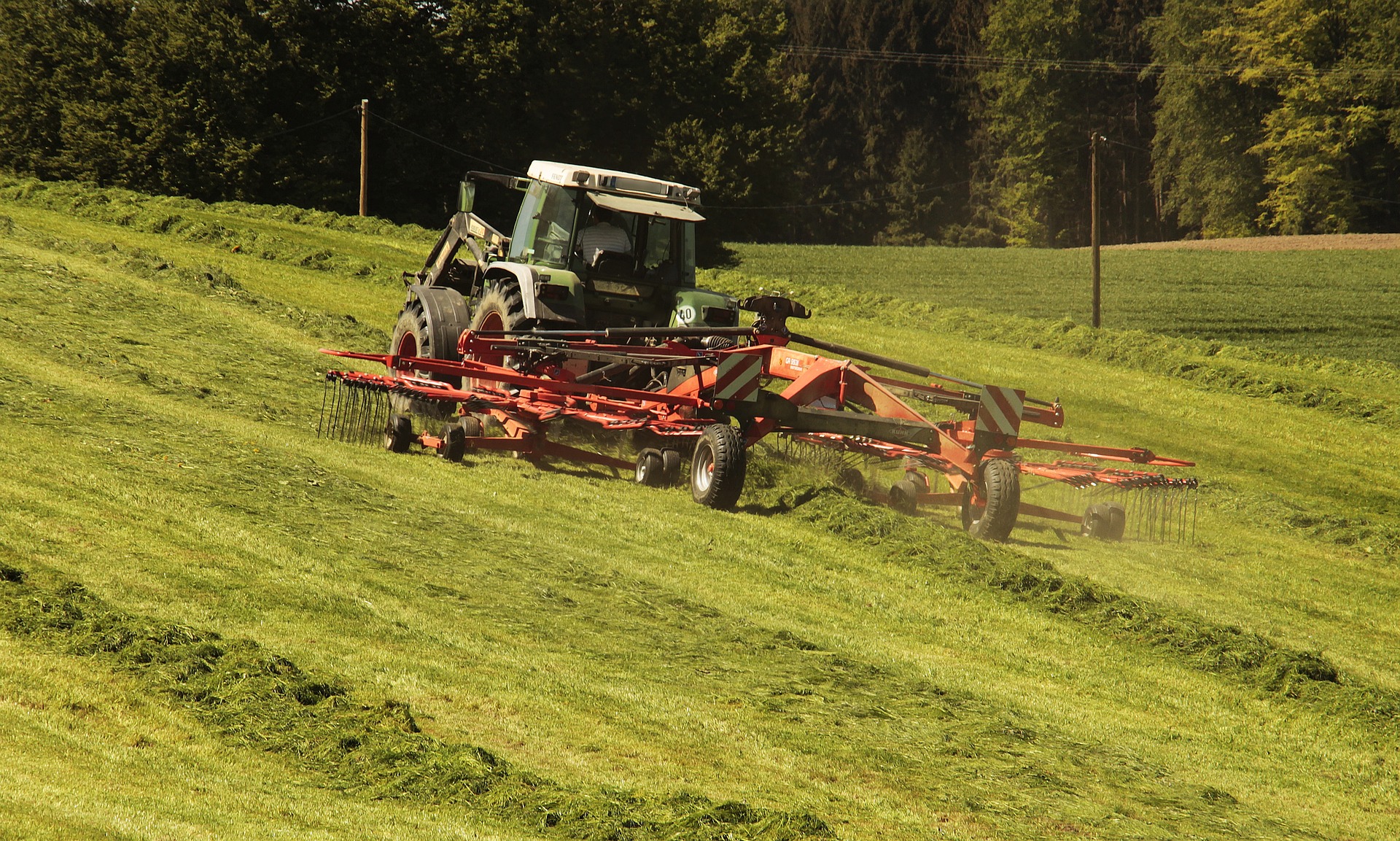
Fall-dormant varieties store carbohydrates and proteins in the taproot after the fall cutting instead of growing, building reserves to survive the winter. Fall dormancy slows their green-up to protect against late frosts in the spring. It also keeps them from growing during random bouts of warm weather through the winter that can increase winterkill.
303 Multi-Leaf is a leafier alfalfa type developed for the upper Midwest’s cooler soils. It comes out of dormancy later than Transition HQ or Provest R3 (Flex/Branch Root) but still generates top forage yields in cooler climates.
Less-dormant varieties put on more growth after the fall cutting and recover quicker between cuttings overall. They also green up earlier in the spring. Since they break dormancy earlier in the spring and maintain active growth later in the fall, they typically yield more than early fall-dormant types.
Understanding the Winter Hardiness (WH) Rating
Winter hardiness measures an alfalfa plant’s ability to survive through the winter without injury. The WH scale goes from 1 to 6.
Our alfalfa varieties have WH ratings between 1.2 and 2.0 to withstand bitter Midwest winter conditions.
|
Winter Hardiness Rating |
Description |
|
1 |
Extremely winterhardy |
|
2 |
Very winterhardy |
|
3 |
Winterhardy |
|
4 |
Moderately winterhardy |
|
5 |
Slightly winterhardy |
|
6 |
Non-winterhardy |
Alfalfa plants form new buds at or near the soil surface in the fall for upcoming spring regrowth. Thus, they need to be winter hardy or cold temperatures may kill these new buds. Winter-injured plants have fewer buds and shoots at the time of the first cutting, producing a lower yield.
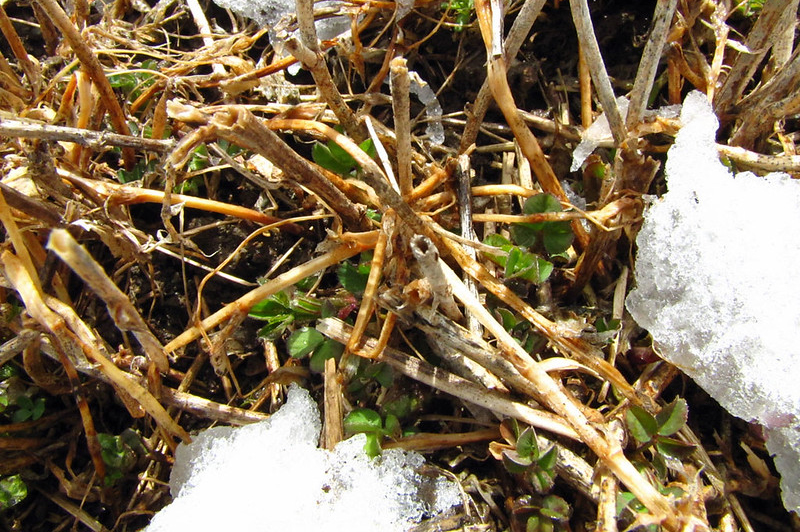
However, the challenge is that exceptionally hardy WH ratings result in lower yield potential since plants are dormant longer, thus limiting forage production.
It’s essential to choose a variety with enough winter hardiness to withstand your climate without limiting yields drastically.
Relationship Between Fall Dormancy & Winter Hardiness
For the longest time, fall dormancy was used to predict winter hardiness, so the two were closely related. To achieve good winterhardiness, you need to choose a more dormant type, but you sacrifice yields because of a significantly shorter yield growing season. To get higher yields, you need to opt for a variety with less fall dormancy and winterhardiness, but possibly more yield.
Thankfully, plant breeders have broken the genetic connection between the two traits, creating Northern winter-hardy varieties with less fall dormancy and greater yields.
Choose less-dormant types that meet your required winter hardiness to maximize your yields.
390 HyQual, Transition HQ, Provest R3 (Flex/Branch Root) are an excellent balance for Midwestern winters with FD 3.9 and 1.6 WH ratings.
Does the Variety Have Good Disease Resistance?
An entire crop can be ruined quickly when infected with disease, and treating it chemically isn’t always effective or more often not even possible. Sometimes purchasing pest-resistant alfalfa seed is the most economical and often the most effective way to combat disease.
Disease resistance is like crop insurance—you might not need it every year, but it’s worth its weight in gold during the years disease problems occur.
Think about the diseases you’ve struggled with in the past or those known to be problematic in your region, and look for varieties showing high or moderate resistance against as many of them as possible.
|
Alfalfa Resistance Ratings |
||
|
% Resistant Plants |
Resistance Class |
Class Abbreviation |
|
0-5% |
Susceptible |
S |
|
6-14% |
Low Resistance |
LR |
|
15-30% |
Moderate Resistance |
MR |
|
31-50% |
Resistance |
R |
|
>50% |
High Resistance |
HR |
- 390 HyQual has a disease-resistant index (DRI) of 34/35 and HR resistance ratings to Bacterial Wilt, Fusarium Wilt, Phytophthora Root Rot, Verticillium Wilt, Anthracnose, and Aphonomyces Race 1. It has an R rating for Aphonomyces Race 2.
- Provest R3 is highly resistant to all common alfalfa diseases. It also demonstrates HR Aphanomyces Race 1, HR Aphanomyces Race 2, and R Aphanomyces Race 3.
If you’re unsure what diseases to focus on, contact your local county extension agent for help or look for online disease management guides from nearby universities or better yet consult one of Deer Creek Seed's Certified Crop Advisors.
How High is the Yield Potential?
There’s no doubt that yield potential will be an important characteristic to consider. It does, after all, have a significant effect on a field’s profitability.
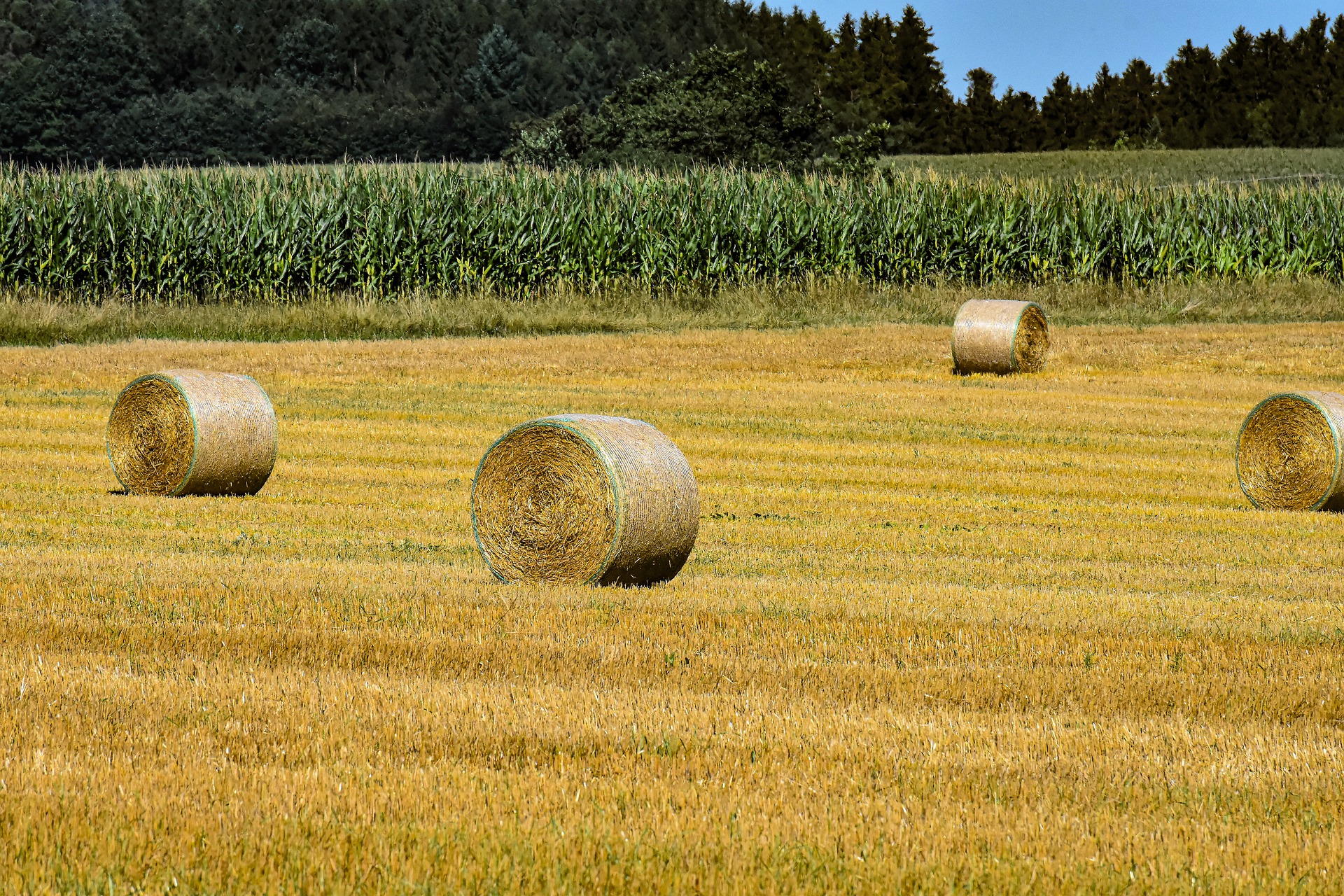
When it comes to yield potential, though, you need to look beyond estimated tons per acre.
These numbers are a good predictor of a potential harvest, but you can’t choose a variety and expect to see the same results in your fields. You need to look for a variety that produces well on fields similar to yours.
The best place to find objective yield potential data is public variety trials conducted close to your farm.
Using Data From Public Variety Trials
Public variety trials are managed by state universities, using proper scientific methodology to compare different crop varieties. All pasture management practices and results are disclosed to the public, providing unbiased information.
When comparing yield potential data:
- Look for trials conducted on a site with a similar soil type and climate to your farm.
- Look for varieties that produce well across numerous locations to demonstrate stability in various conditions. After all, the soil varies across your farm or even a specific field, and the weather doesn’t stay the same every year.
- Compare potential yields to varieties you’re currently growing or have grown on your land.
- Keep in mind your intended rotation length. Look at 2 to 3-year stands if you’re interested in short rotations, and 4 to 5-year stands for long-term rotations.
Transition HQ delivers outstanding yield potential, which translates to large profits per acre under the proper management.
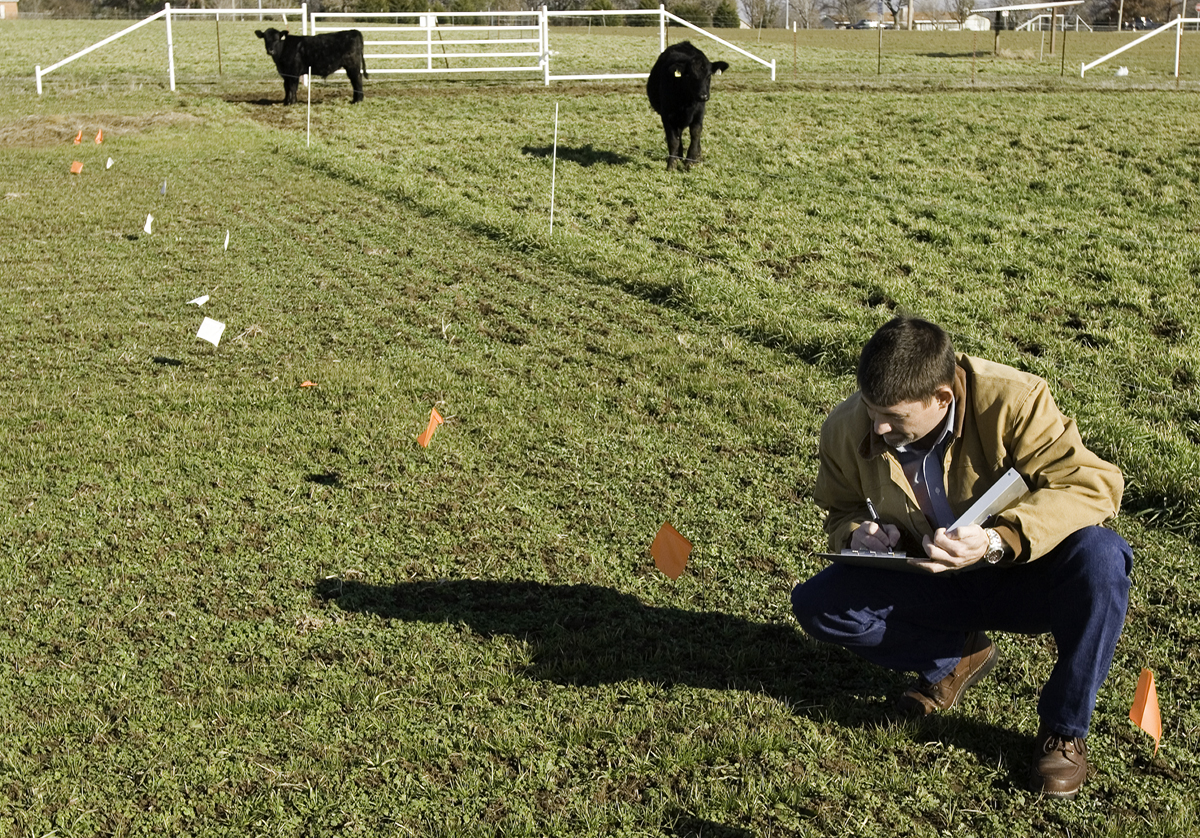
What is the Forage Quality?
Since you'll ultimately be feeding this forage to animals, you want a high-quality variety, resulting in good forage value and animal performance.
In the past, alfalfa hay was considered high-quality when it had the following values:
- Greater than 20% crude protein (CP)
- Less than 30% acid detergent fiber (ADF)
- Less than 40% neutral detergent fiber (NDF)
To maximize the increased performance potential of today’s animals, supreme and premium quality alfalfa has:
- Greater than 22% crude protein (CP)
- Less than 29% acid detergent fiber (ADF)
- Less than 36% neutral detergent fiber (NDF)
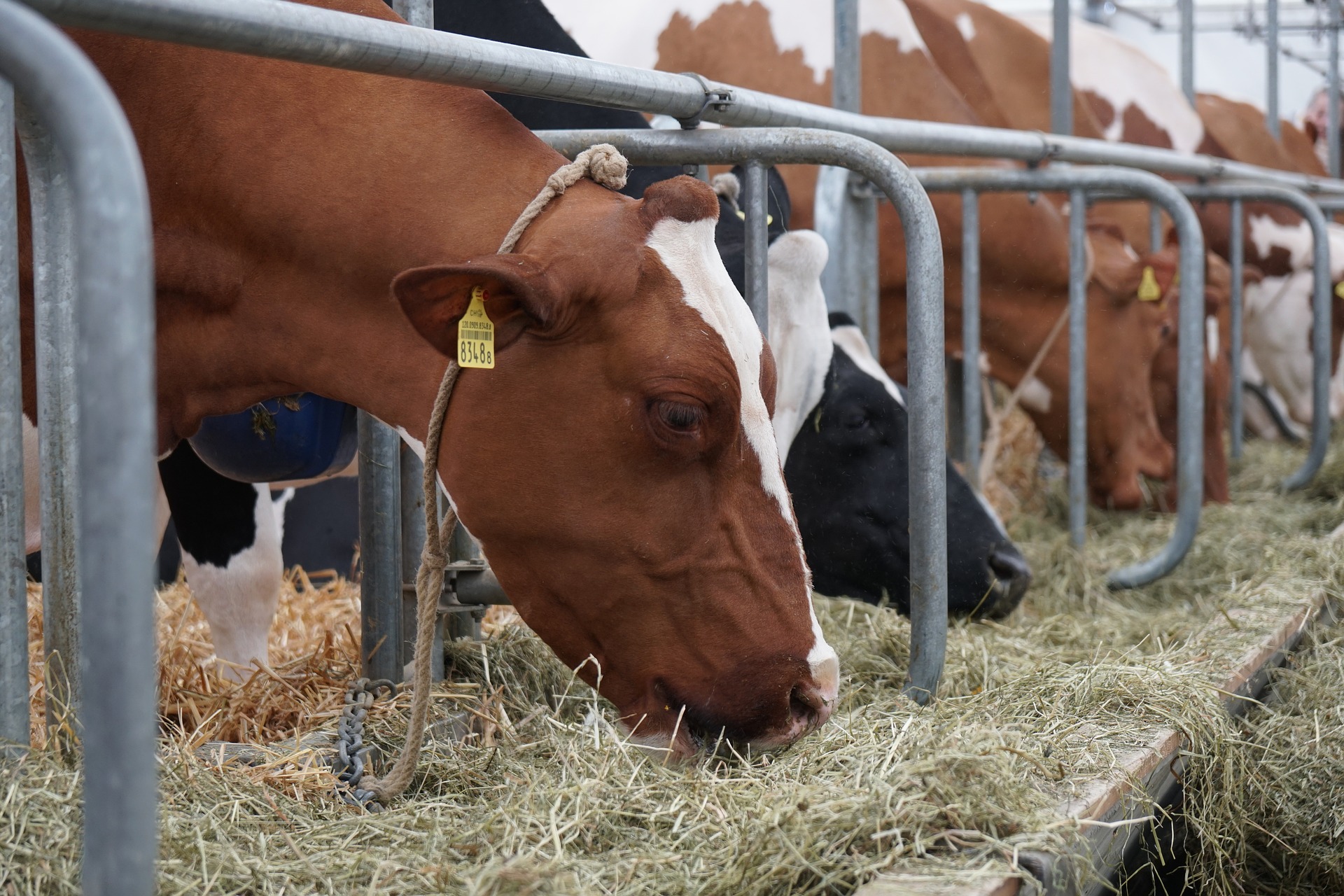
What Forage Quality Values Are Important?
When you start looking at forage quality, it’s easy to get overwhelmed by all the acronyms used to describe alfalfa hay or haylage. To narrow down your search, pay the most attention to the following values.
- Relative Feed Value (RFV) - An index comparing an alfalfa’s quality to the feed value quality of alfalfa in full bloom, calculated from the ADF and NDF values. A lower RFV indicates lower quality because of higher fiber contents or lower fiber digestibility.
- Relative Forage Quality (RFQ) - An index similar to RFV but uses NDFD to estimate animal intake and the alfalfa’s energy content. RFQ is often a better predictor of animal performance than RFV.
- Crude Protein (CP) - An indicator of the alfalfa’s protein content, expressing its capacity to meet an animal’s protein requirements. Typical CP in alfalfa ranges from 18 to 25%.
- Acid Detergent Fiber (ADF) - The alfalfa’s percentage of slowly digestible and highly indigestible material, including cellulose and lignin. A lower percentage indicates higher digestibility and forage quality; values below 35% are desirable.
- Neutral Detergent Fiber (NDF) - The percentage of alfalfa’s dry matter made up of lignin, cellulose, hemicellulose, and ash. It reflects the amount an animal can consume and negatively correlates to feed intake. NDF below 45% is desirable, with lower values indicating greater consumption potential.
- Neutral Detergent Fiber Digestibility (NDFD) - A newer value that aids in predicting total forage digestibility and energy content, taking into account all of the variability in NDF. Higher NDF values are desired as it demonstrates higher animal intake and more energy the animal can derive.
- Total Digestible Nutrients (TDN) - An estimate of alfalfa’s digestible energy consisting of the sum of digestible NDF, protein, lipid, and structural carbohydrate components. Typical values range from 60 to 70%.
- Total Tract NDF Digestibility (TTNDFD) - An index for predicting NDF digestibility in the rumen, cecum, and colon. It is a more accurate prediction than potentially digestible NDF (pdNDF) that only estimates digestibility in the rumen.
Suppose you’re looking for a high-quality forage with low-lignin. In that case, Transition HQ alfalfa has excellent RFQ, NDFd, and TTNDFD scores with lignin ratings comparable to other non-GMO low-lignin alfalfas.
How Long is the Stand Persistence?
When you plant alfalfa, you’re committed to the variety for several years, so the variety must do well over time. You want the stand count to remain high to lengthen the crop’s productive life, maintain yield and quality, and increase revenue.
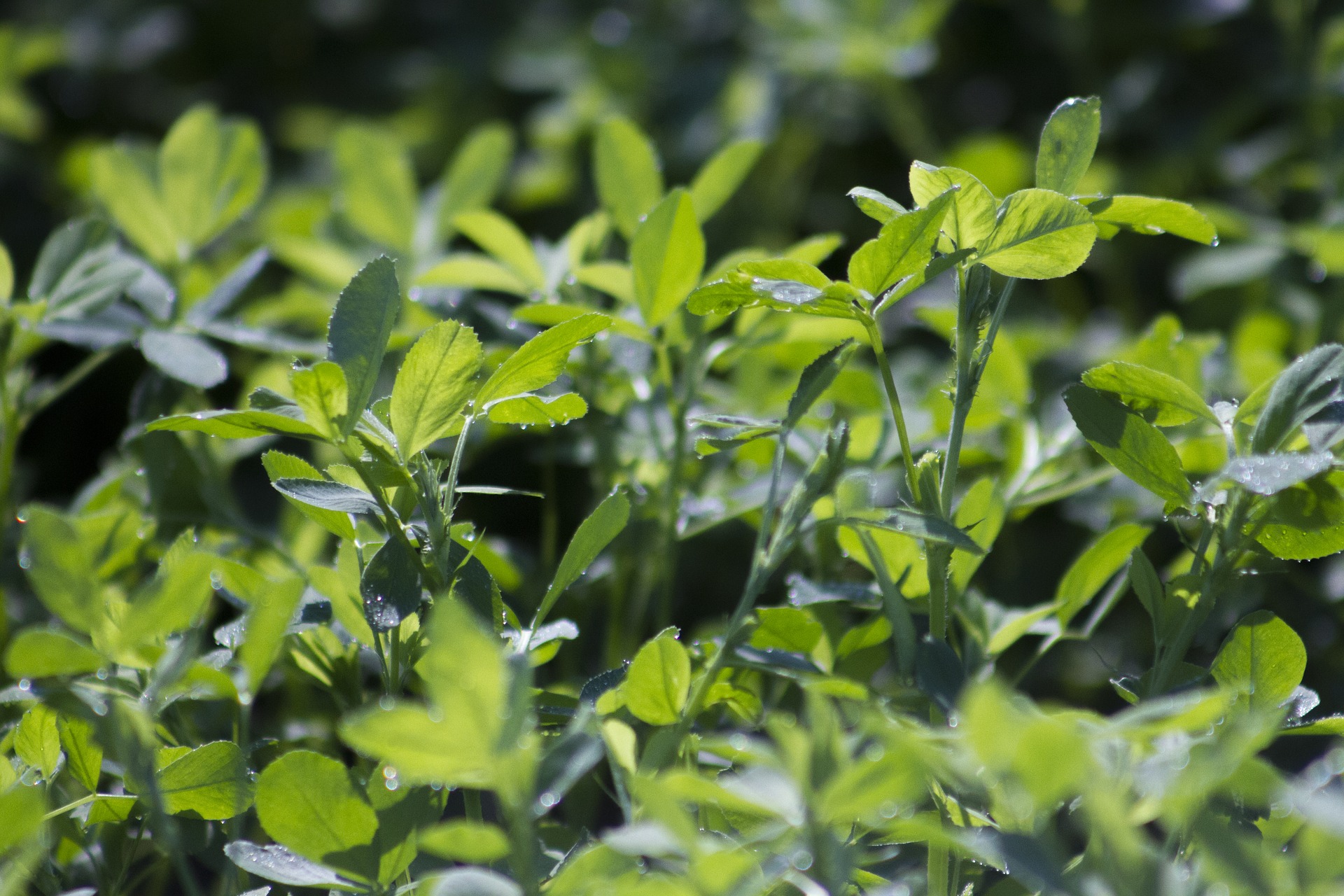
A persistent alfalfa variety can keep consistent yields through its fourth or fifth growing season.
- For Northern crops, persistence is highly correlated to a variety’s winter hardiness.
- In Southern crops, persistence is linked to winter hardiness, but disease and insect resistance impact persistence too.
Pulling Together All the Factors
There will always be a balance between seed cost and alfalfa performance, but using the above information can help you find the best variety for your budget and needs.
Once you’ve worked your way through the characteristics you need in an alfalfa crop, you should have a couple that are good options. If you can’t decide on one, it may be beneficial to plant one-acre test strips of each type to see how it fares on your farm. You’ll be able to see each one in action, and hopefully, one will stand out above the others!
For more information on the alfalfa varieties available from Deer Creek Seed, you can find ratings in our 2022 Seed Guide.
Additional Resources
- For more information on NDF digestibility and how it’s measured, The University of Wisconsin-Madision Team Forage offers an article on how NDFD is being used in the dairy industry.
- The link between NDF digestibility and animal performance is discussed in depth in an article published for the meeting proceedings of the Western Canada Dairy Seminar.
- For a better understanding of how relative feed value is an indicator of forage quality, Kansas State University’s Research and Extension has a quick guide on how RFV is determined and what the values mean.
- South Dakota State University’s Cooperative Extension Service provides a great reference for animal producers and hay farmers about relative feed value (RFV) and relative forage quality (RFQ).
- Published by the American Society of Agronomy, Crop Science Society of America, and Soil Science Society of America, you can find introductory information on alfalfa management written by the Cooperative Extension Services of the University of Minnesota, University of Wisconsin, and Iowa State University.
- Deer Creek Seed’s 2002 Seed Guide provides information and ratings on their alfalfa seed products.



